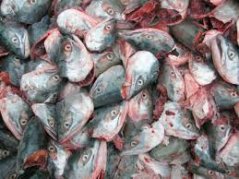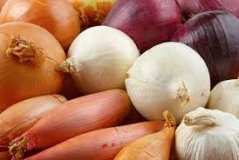Thesis subject
Use of by products
Topic 1. Extraction of proteins from by-products and evaluation of their techno-functional properties.
Many food and agricultural wastes contains significant amount of valuable proteins that can be extracted and use in several food preparations. This project is run in collaboration with the Post-Harvest Technology Department of the Agri-Food & Veterinary Authority in Singapore a country where for logistic and environmental reason the issue of waste reduction is particularly important. The extraction of proteins will be performed using different strategies aimed at preserving the native form of the proteins or not according to the possible final destinations. The techno-functional (coloring, gelling, emulsification, texturizing, flavour masking or enhancing) as well as the nutritional (composition and digestability) properties of the extracts will be investigated

Question 1: How the techno-functional properties of the proteins from fish waste (I.e. surimi) can be modulated by the extraction, processing and shelf life conditions
Question 2: Extraction of proteins and valuable components from barley spent grain
Question 3: How the formulation of proteins extracted from discarded plant biomass can be formulated to modify their techno-functional properties
Proposed approach
The work will be performed in close collaboration with the Singaporean partner which has a long trm expertise on some of the waste stream such as fish by products. The protocols for assessing the techno-functional properties are available at FQD.
For more information please contact Vincenzo Fogliano.
Topic 2. Organosulfide profiles and their H2S releasing activity on popular garlic and onion rich foods in Europe in Singapore.

Proposed approach
The research will be partially conducted at the National University of Singapore.
The influence of the cooking methods on the organosulfide profiles and their H2S releasing activity on popular organosulfide rich foods will be investigated. A comparison between the situation in Europe (and the way they are normally cooked) and that in Singapore (the way they are cooked, stir-frying for example) will be performed.
For more information please contact Vincenzo Fogliano.